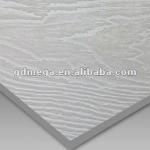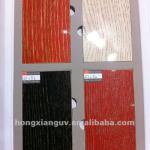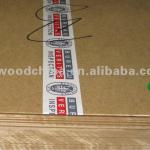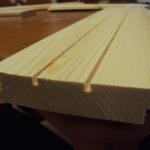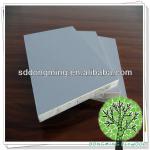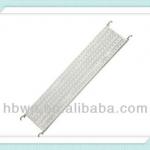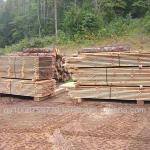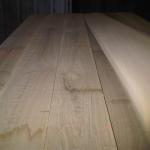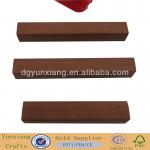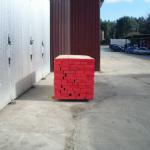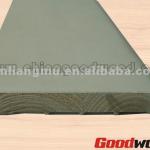furniture panels/boards
| Type: Solid Wood Boards | certificate: ISO9001:2000 |
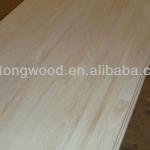
furniture panels/boards
1) Species: paulownia
2) Thickness: Range from 3.0mm -50mm. or by mutual
agreement: Accept special thickness.
3) Size:
A) Width: 100-1220mm;
B) Length:100-2440mm;
Or by mutual agreement. Accept special size.
4) Grade: A, AB, B, C, BC;
5) Color:Bleached; Unbleached;
6) Glue type: Enviromental White Emulsion Adhesive
7) Moisture Content: To be within 12-14% at time of
shipment.
8) Min Order: 20`x1 CTNR. 22 Cubic Meters.
9) Packing: Suitable for exporting standard packing by
pallets.
10) Usage: Suitable for high, middle, low grade furniture,
art,craft and decoration.
11) Good sale: in Japan, Malaysia, Thailand, Vietnam, America ,Middle East , etc
12) Price: FOB or CFR.
13) Delivery time: 25 days normally after receiving L/C Or deposit
bleaching: both sides bleaching
sanding : both sides 240# sanding
advantage: no discoloration, no color variation , anti-termites ,
Paulownia Empress Tree Environmental Benefits
Paulownia lumber is farmed on plantations rather than taken from old growth forests. Its an environmentally sound alternative to expensive, lightweight hardwoods grown in jungles and rain forests - thriving on marginal or even toxic land.
Paulownia roots go down as far as 40 feet regulating the water table and removing soil salinity. Its shown to be very effective in absorbing waste pollutants from hog, chicken and dairy facilities as well as a variety of other pollutants.
Giant leaves drop each winter, releasing nitrogen and increasing soil fertility. In the orient - paulownia is planted between row crops for dramatic increases in production. .
The giant leaves and rapid growth rate, act as huge lungs to scrub the air of greenhouse gases and air pollution converting carbon dioxide into wood mass. Then releasing high levels of beneficial oxygen.
Most Paulownia trees grown in the US are non-invasive, germinating only on disturbed land or under controlled conditions. It is rare for one to germinate from a stray seed. In fact, out of the many thousands of trees we have grown, we have only seen three grow from stray seeds.
Paulownia saves forests by producing sawn timber in 7-12 years and growing 2-4 times more lumber than most other commercial trees in the same time period. This is vital as the supply of exotic and hardwoods rapidly diminishes.
After harvesting, a new Paulownia tree grows back from the stump and uses the same well-established root system. This saves post-harvest clearing costs, land erosion and runoff.
Many international farms raise crops between rows of Paulownia. The tree benefits by recovering excess fertilizer that runs deep into the ground and the crops benefit from the nutrients put into the topsoil by fallen leaves. The trees act to moisten the soil and block the wind. Intercropping is starting to gain more acceptance in the United States.
Intercropping Studies conducted by the International Development Research Center, show that individual 10-year-old Paulownia trees, grown this way, produced 190 to 233 board feet of volume.* After sawing 40% of this into marketable lumber, the grower would be left with 76 to 93 board feet per tree of marketable lumber.
Paulownia is proving to be one of those rare environmental solutions that also makes economic sense.
| Packaging Detail:standard export carton packing with iron/plastic belts outside |
| Delivery Detail:within 30 days |



